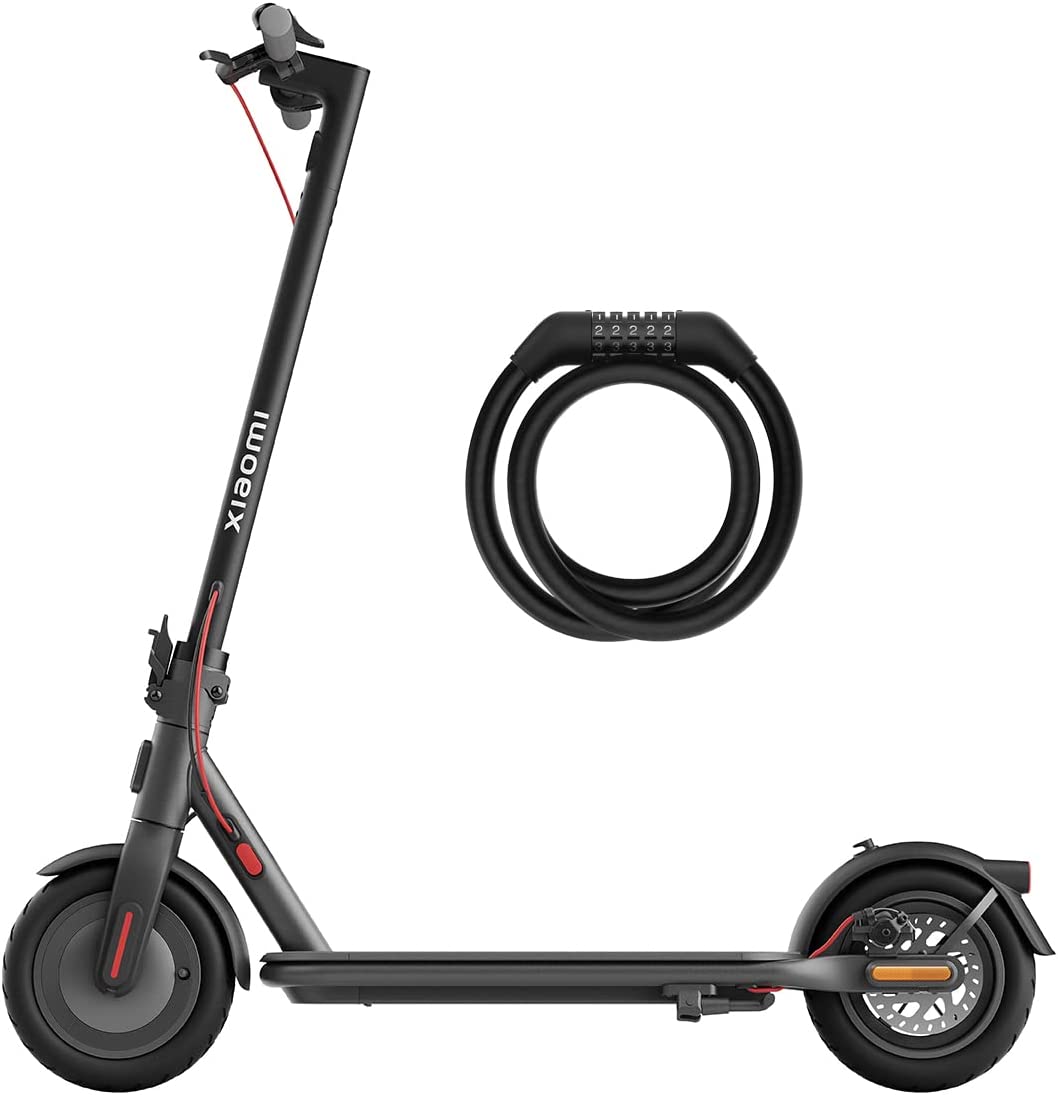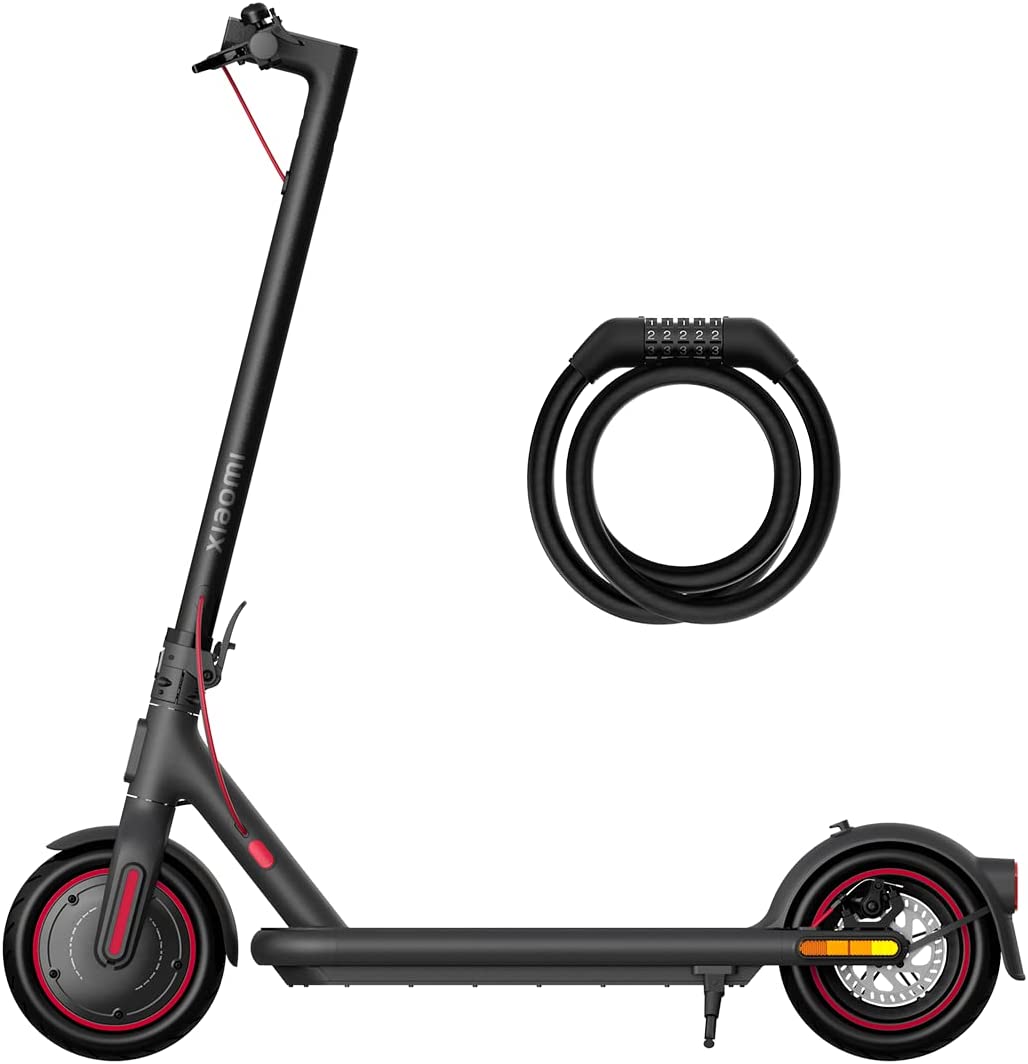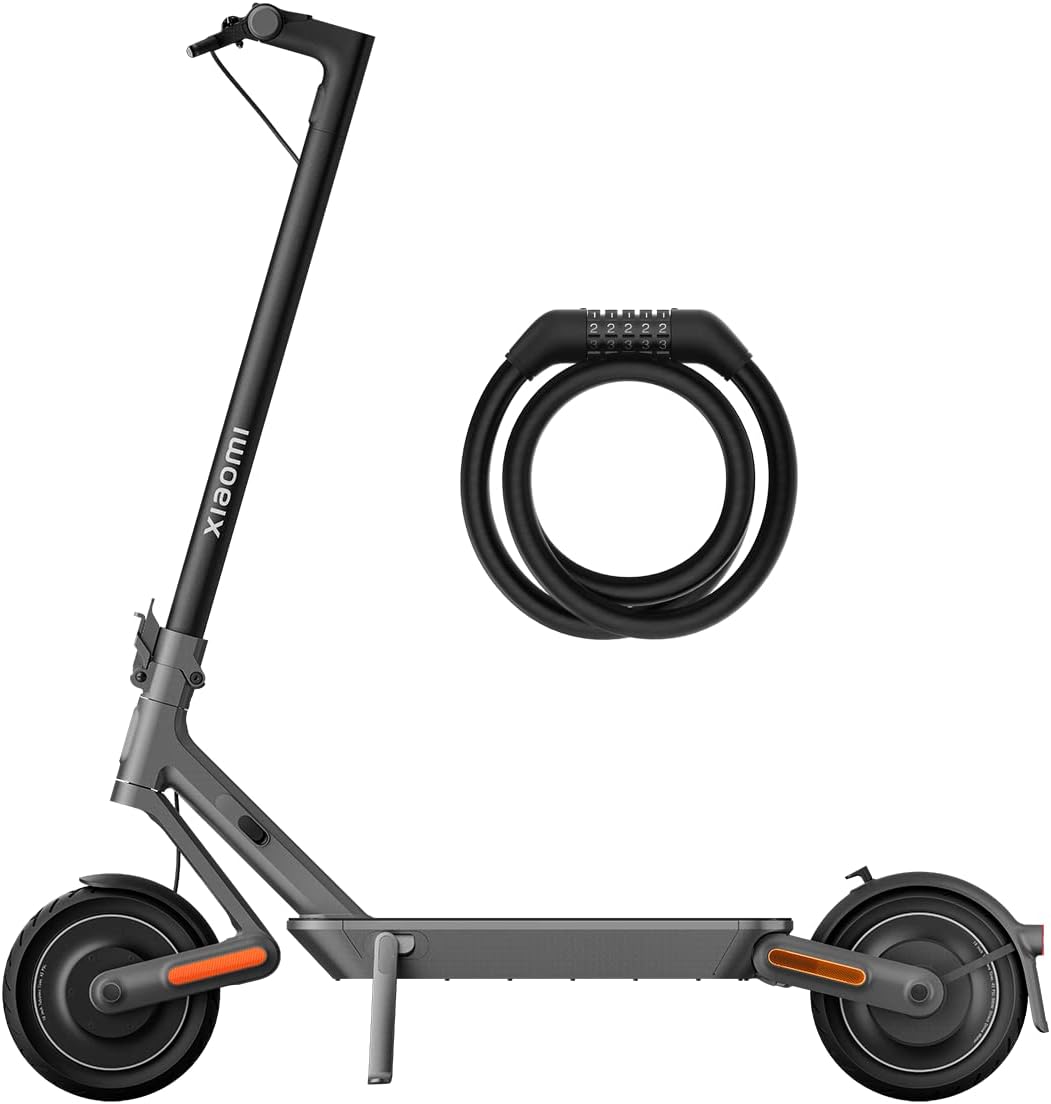Let’s face it—getting around the city doesn’t feel like it used to. Between traffic, unreliable transit, and the stress of finding parking, we all need a smoother way to move. And that’s where Xiaomi’s electric scooters come in. If you’re eyeing one of them but don’t know whether to go for the Electric Scooter 4, the 4 Pro, or the 4 Ultra, don’t worry—we’ve been there too.
At first, they look like siblings with matching outfits: sleek black frames, red accents, and that unmistakable Xiaomi design. But ride them for a week in the city and the differences start showing up. Some are built for speed, others for comfort—and a few are made to handle more than just bike lanes. So let’s dive into everything that actually sets these three scooters apart and figure out which one’s got your name on it.
Same look, different presence on the street
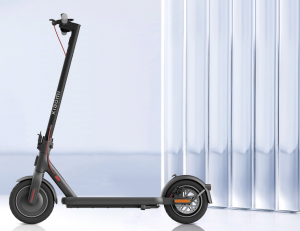
All three scooters keep Xiaomi’s clean, no-nonsense aesthetic. Matte black, simple lines, and upright stems with LED lighting all around—it’s a look that works. But once you look past the surface, the form starts shifting.
The Electric Scooter 4 and 4 Pro are nearly identical in size and weight, each hovering around 17 kg, which makes them manageable for most people. Now, the 4 Ultra steps things up to a hefty 24.5 kg, and trust us, you’ll feel that weight if you have to carry it upstairs. But that added bulk? It’s the price you pay for a wider deck, taller bars, and more stability on bumpy roads.
All three fold up quickly, but the Ultra clearly isn’t designed for tight storage or daily hauling. It’s more of a ride-and-leave-it-nearby kind of machine.
Suspension? Only one plays in the big leagues
This is a dealbreaker for many. Only the Electric Scooter 4 Ultra includes a dual suspension system, and once you try it, it’s hard to go back.
The Pro and base model give you nothing but air and your knees for shock absorption. That’s fine if your route is smooth asphalt all the way. But hit a pothole, uneven pavement, or one of those cursed cobblestone patches? You’ll feel every vibration.
The Ultra glides where the others rattle. The suspension, paired with that sturdy build, just gives you more confidence to go faster, longer, or over trickier surfaces without clenching every time the sidewalk dips.
Same speed limit, totally different engines
Sure, all three scooters max out at 25 km/h—that’s the legal ceiling in most cities. But how fast you get there and how well you handle hills? That’s where things diverge.
-
Electric Scooter 4: 600 W peak power, 16% hill climb
-
4 Pro: 700 W, 20% hill climb
-
4 Ultra: 940 W, 25% hill climb
That’s not just marketing. The Ultra’s motor has real kick, especially noticeable when starting from a dead stop or climbing longer inclines. The base model will get you around fine on mostly flat ground, but the Pro and Ultra are made for mixed terrain and heavier riders.
The Pro gives you a noticeable boost, but the Ultra eats hills like they’re flat.
Range tiers that actually mean something
Here’s where Xiaomi clearly draws the lines.
-
Scooter 4: 7650 mAh battery, up to 35 km
-
Scooter 4 Pro: 12400 mAh, up to 55 km
-
Scooter 4 Ultra: 12000 mAh, up to 70 km
Yeah, it surprised us too. Even though the Ultra’s battery is technically smaller than the Pro’s, it goes farther. That’s thanks to the S+ riding mode, exclusive to the Ultra, which dynamically adjusts power output to give you more juice per ride.
The 4 and 4 Pro only offer three modes: pedestrian, standard, and sport. The Ultra adds a fourth—S+—that gives you better torque without wasting battery unnecessarily.
Charging times? Pretty even. The Pro takes the longest at 8–9 hours, while the 4 and Ultra stay around 5–6. The Ultra might win again here simply because of how efficiently it uses its charge.
Tires are the same, brakes are not

All three roll on 10-inch Xiaomi DuraGel tires—a mix of rubber and resin that self-heals small punctures. They grip well, take corners confidently, and feel stable even when you’re flying down open streets.
But braking setups? That’s where the Ultra pulls ahead again.
-
Scooter 4 and 4 Pro: rear disc + eABS
-
Scooter 4 Ultra: rear drum + eABS
Why does that matter? Drum brakes tend to be smoother and more consistent, especially under load or in wet weather. They also need less maintenance and wear down more slowly. The disc brakes on the 4 and 4 Pro are still solid, but the Ultra just brakes smarter under pressure.
Water resistance that makes a real difference
Rain happens. So do puddles, dust, and grime.
-
Electric Scooter 4: no official IP rating
-
4 Pro: IPX4 (splash resistant)
-
4 Ultra: IP55 (dust + water jets)
If you ride year-round or live somewhere where weather changes on a dime, the Ultra is in a different class. You’re not just protected from splashes—you’re safe in light rain or post-rain messes too.
The base model? We’d be cautious even around a soaked curb. The Pro does a little better, but the Ultra is built for real-world messiness.
Same smart features, same dashboard clarity
No matter which model you pick, you get Mi Home app integration, digital locking, trip history, and firmware updates. You can control your scooter from your phone or just check your stats after a ride. It’s sleek, simple, and surprisingly useful.
The handlebar display is also identical across all three—bright, centered, and quick to read without slowing down. The Ultra benefits from more dashboard space due to its larger frame, but the screen itself? Same deal.
Weight and portability—this is where the Ultra stumbles
It’s no surprise: the Electric Scooter 4 Ultra is a beast at 24.5 kg.
-
Electric Scooter 4: 17.2 kg
-
4 Pro: 17 kg
-
4 Ultra: 24.5 kg
That extra seven kilos? It’s no joke when you’re trying to haul it up a staircase or lift it into a trunk. If portability matters to you, the base or Pro is the safer bet. All three fold easily, but the Ultra feels like it’s asking, “Are you sure?” every time you try to carry it.
Riding modes: the Ultra gives you more control
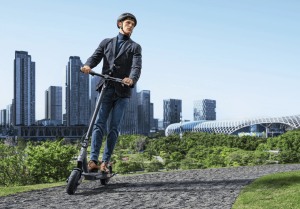
This one’s simple.
-
Electric Scooter 4 and 4 Pro: three modes (pedestrian, standard, sport)
-
Electric Scooter 4 Ultra: four modes (adds S+)
The S+ mode isn’t just about speed—it’s about torque. It gives you faster takeoff and better response when you’re climbing or weaving through traffic. And it manages power better too, so you’re not draining your battery just for a performance spike.
Safety across the board
Here’s the good news: Xiaomi didn’t cut corners on safety. All three scooters include:
-
Bright front and rear LEDs
-
Side reflectors
-
Kickstands
-
Electronic and mechanical braking
-
Built-in folding levers
No matter what model you pick, you’re getting the essentials covered. But again, the Ultra’s components are just more refined, especially when it comes to braking and visibility in poor conditions.
So, which one’s worth your cash?
We’re going to say it bluntly.
If you want the best of the best—range, comfort, power, weather resistance, braking, and performance—get the Xiaomi Electric Scooter 4 Ultra. It’s a city tank with soul. Yes, it’s heavy. But it’s also built for riders who want more than just point A to point B.
If you want balance without bulk, the 4 Pro is your sweet spot. It improves on the base model in nearly every way—range, power, hill climbing—without tipping into the Ultra’s heavier, pricier territory.
And if you just need something simple, light, and affordable for short, flat commutes? The Electric Scooter 4 still does the job. It’s compact, clean, and perfectly fine for casual riders. But once you’ve tried the Pro or Ultra, it’ll feel like a stripped-down version of what could’ve been.
So, what’s your ride like? Your answer tells you exactly which scooter to pick.

